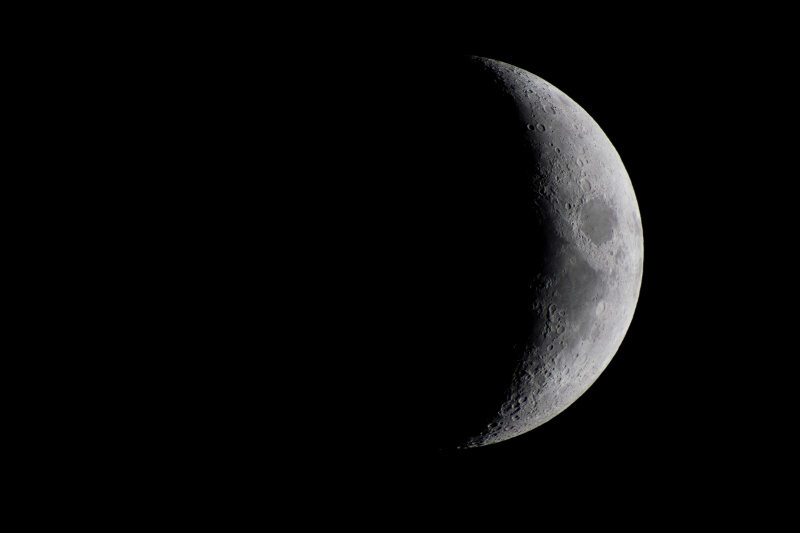It might surprise you, but you can get a pretty great view of the moon using a basic telescope. No fancy equipment needed, a basic telescope can show you the moon and all it’s details, feeding your interest in amateur astronomy and giving you something fun to do with your family and friends. In this article we have identified three of the best telescopes to view the moon, broken down some basic concepts that will help and we’ll also give you tips on the best times for viewing the moon, the environmental conditions best suited for viewing the moon, and some fun facts.
Before we dive in, let’s review a few key features that are important to consider when deciding which telescope to purchase.
Aperture is the size of the lens or mirror that focuses the light from distant objects. The larger the aperture, the more detail (and distant celestial objects) you’ll be able to see.
Refracting lenses are a good place to start for those interested in amateur astronomy. These lenses allow you to see the celestial as well as terrestrial objects. Telescopes with reflecting mirrors are only able to view celestial objects.
Eyepieces are often overlooked when purchasing a telescope, but the eyepiece is how you see the moon. Make sure the eyepiece is comfortable and doesn’t cause you to squint.
Now let’s take a look at three of the best telescopes to view the moon!
First, the DoubleSun Refractor 60mm Aperture Telescope is a great starter telescope for those interested in amateur astronomy. Manufactured using fully coated green glass optical components with high transmission coatings, this telescope offers optimal image brightness and clarity. Plus, it comes with all the accessories you need to not only get a great view of the moon, but of terrestrial objects as well. The high-powered eyepiece will give you the view of the moon and it’s craters, while the low-powered eyepiece provides great views of the world around you. It also comes with an adjustable tripod and fine adjustment control so you can easily pan across the sky.
Next, the TwinStar AstroMark 80mm 16-40x Power Portable Refractor Telescope is a great option if you want to check out the moon from somewhere other than home. In addition to providing great detail, this telescope also allows you to see the rings of Saturn, moons of Jupiter, galaxies, and binary star systems. It comes with a medium- and high-powered eyepiece, each with their own storage case, but should you ever want to upgrade your eyepiece, this telescope has a standard size focusing tube so any eyepiece will fit. The mini tripod and padded, over the shoulder carrying case are included, making it easy for you to take this telescope wherever you want to go.
If you want to share your love of amateur astronomy with the children in your life, check out the Discover with Dr. Cool Lunar Telescope for Kids. Setting up this telescope takes less than a minute and the horizontal and vertical adjustments make it easy for you to explore the moon’s craters. Included are two sizes of glass lenses, allowing for both a wide-view and a zoomed-in view of the moon’s surface. The table top tripod makes it easy to set up at home and share with family and friends. To further their excitement about the moon, this telescope also comes with an activity booklet, an adventure guide, and a genuine meteorite!





